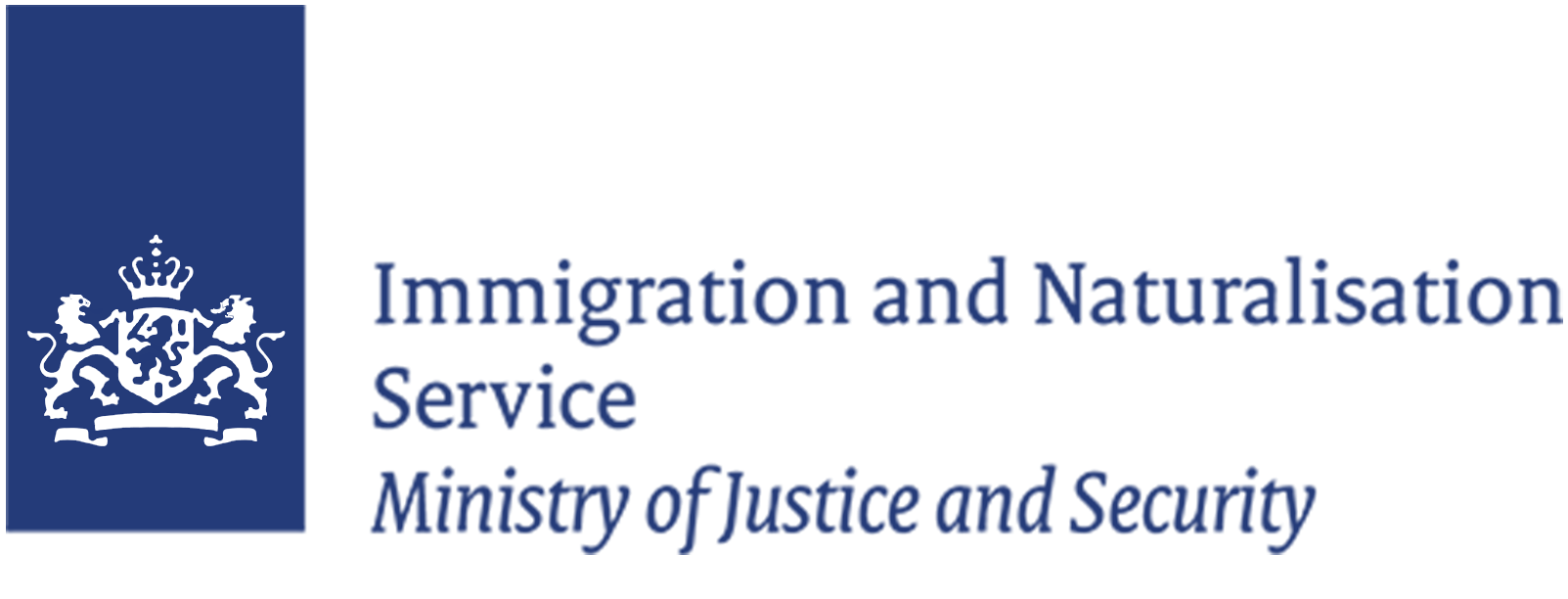Main Area
Main
International protection
Asylum seekers are in search of protection outside of the borders of their country of origin. The European Union (EU) offers this protection. EU-Member States cooperate in drafting and implementing legislation and regulations on asylum migration.
Asylum is granted to persons who do not receive (sufficient) protection in their country of origin. For example, when they have well-founded fears to be persecuted in their country of origin on the basis of race, religion, nationality, political beliefs or belonging to a particular social group. At the heart of asylum protection is the principle of non-refoulement which dictates that a person cannot be forcibly returned to the country where their life is in danger.
Asylum migration is a form of forced migration, as opposed to voluntary migration for work or study purposes. Asylum is a form of international protection, which follows from international treaties that are recognised by the EU, and therefore implicitly the Netherlands. Persons who apply for asylum are generally referred to as asylum seekers. Asylum can be granted on the basis of:
- the 1951 Refugee Convention. Someone is a refugee in the legal sense of the word.
- Subsidiary protection. Subsidiary protection applies to those who are not granted refugee status but for whom there are substantial grounds to believe that there is a real risk of a life-threatening situation upon return.
The laws and regulations governing asylum in the Netherlands are mainly geared to:
- the rules and procedures of the Common European Asylum System (CEAS) including the Qualification Directive.
- the Procedure Directive which includes norms for the asylum procedure.


